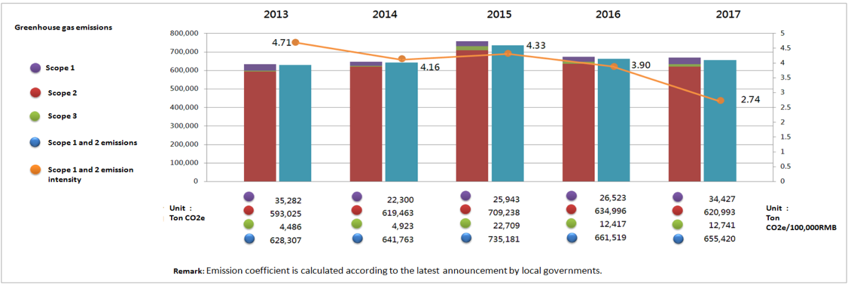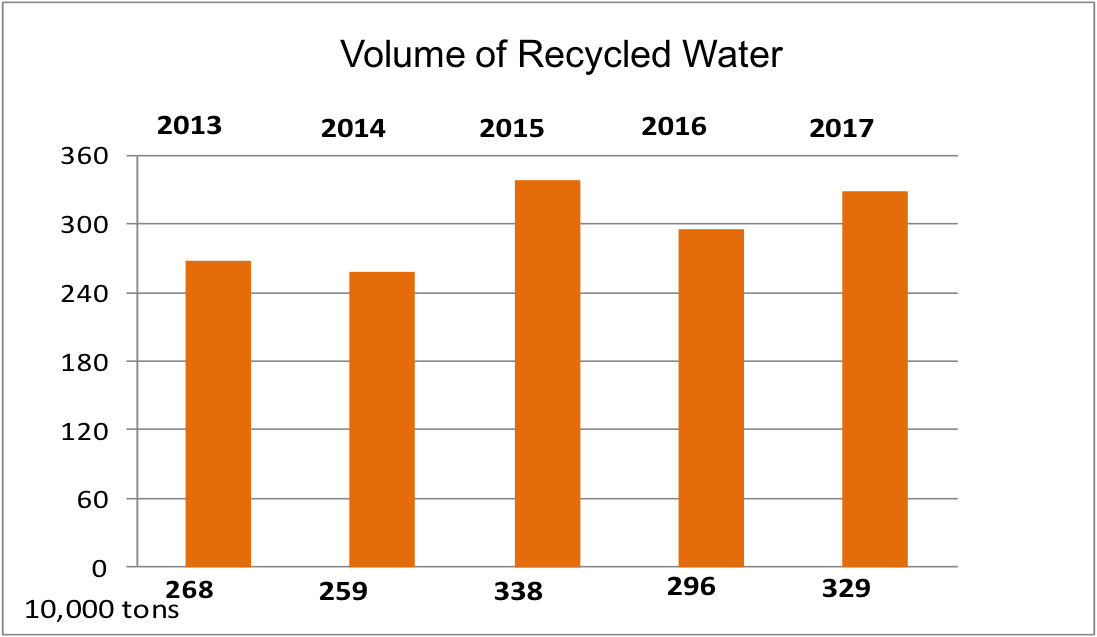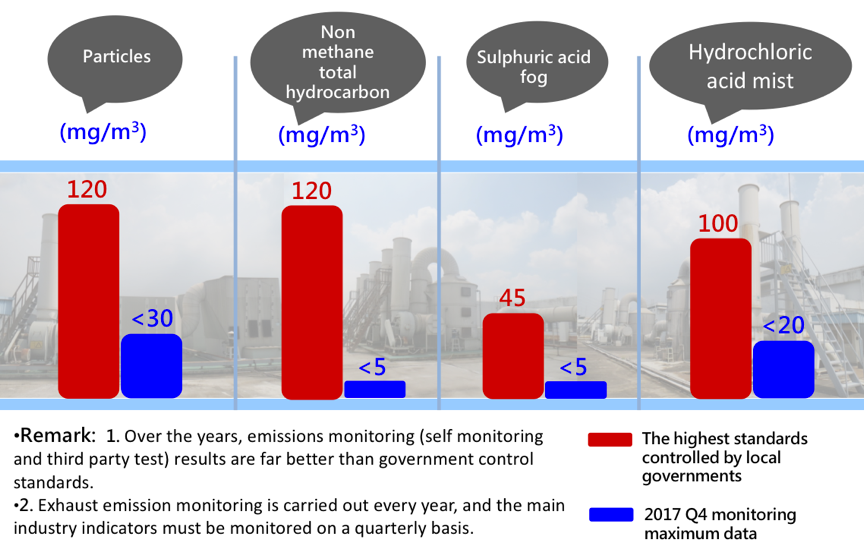Foxconn, an
international technology manufacturing company, has been committed to
environmental protection by promoting the transformation of upstream suppliers into
a green supply chain and achieving remarkable results. One of Foxconn's leading
upstream suppliers of electronic components, Manufacturer A, attaches great importance to the long-term
value of green innovation in light of joint efforts between Foxconn and Manufacturer A.
The environmental
strategy undertaken by Manufacturer A and the effectiveness of various indicators are detailed as follows:
Environmental
Strategy
Based on the
strategy of "two pillars: green production + good management", Manufacturer A develops water and energy consumption reduction indicators for each
production unit and tracks them on a quarterly basis. To manage these two
pillars is to check and manage energy savings, water savings, emissions and discharge
at three points: the beginning of the manufacture process, the production
process and the end of the production line, in every factory. The scope covers
5 categories, including 5S, energy savings, water savings, exhaust emissions
and waste. Through the implementation of the above management strategies, a
solid foundation will be laid for the promotion and demonstration of
environmental sustainability.
Environmental Management Achievements
Ø Energy
conservation and emissions reduction
In 2017, the
greenhouse gas emissions total of Scope 1 and Scope 2 of Manufacturer A’s main production
base was 655,420 tons of CO2e. This was achieved by implementing intelligent
improvements to the ice water machines and energy-saving improvements to the
vacuum press, as well as adding nitrogen energy-saving equipment to the reflow oven,
waste heat recovery to the process oven and other energy-saving technologies
and management practices. In 2017, the emissions of Scope 1 and Scope 2
decreased by 0.92% compared to 2016.

Figure 1
Ø Water use reduction
Manufacturer A also adopted
the strategy of "recycling, water conservation, diversion of rain and
sewage" to minimize the risk of environmental pollution caused by external
drainage. For example, over the years, manufacturer A has been promoting a
number of water-recycling and water-saving projects, including steam condensate
recovery, RO concentrated water reuse, rainwater recovery, and automatic
spillover control at the production level, among others. In 2017, the use of recycled
water exceeded 3 million tons. (Figure 2)

Figure 2
Ø Exhaust
emissions reduction
Manufacturer
A improves and guarantees the good air quality of the surrounding area by
installing air pollution prevention and control equipment such as packed
scrubbers, bag dust collectors, and activated carbon absorption towers, as well
as conducting daily spot inspections and the removal of abnormalities in the
exhaust emissions systems.
At the same
time, every year, Manufacturer A independently and regularly invites external professional
organizations to carry out testing, and continuously track the monitoring data
of various pollutants to ensure that all emissions indicators are up to
standard, or even better than the domestic standards.

Figure 3
Ø Waste
management
The waste management strategy of Manufacturer A is: “harmlessness,
reductions and resourcefulness.” To this end, all sites have set up special
units for waste disposal and promoted the project of "waste management
throughout the whole process" in each factory. Each factory has appointed professional
supervisors and individuals to jointly implement waste classification management
and formulate a sound waste management and transportation process.
Manufacturer A also promotes a variety of hazardous
waste reduction technologies, including the drying of membrane residue, sludge
and filter elements, and the autonomous recovery of precious metals. The production density of hazardous waste per unit revenue in 2017 is 15.9% lower than it
was in 2016. Over the past year, the proportion of waste resource recovery reached
more than 90%.
Figure 4
Environmental management achievements
Manufacturer A achieved the government and internal
supervision goals for environmental protection and energy conservation from the
two directions of "energy saving with reduced consumption; pollution
reduction with increased efficiency". Fig. 5 shows the comparison of Manufacturer A’s green
performance data between 2017 and 2013.
Figure 5
In the future, Foxconn will continue to
promote supply chain environmental protection. In order to solve the
current and future potential environmental risks, Foxconn aims to pay more attention
to coordinating the harmony between humankind and nature, and ensuring the
sustainable development of the economy and society. Foxconn will work together
with a vast number of suppliers to realize the vision of coexistence and
harmony between cutting-edge technology and the ecological environment.
(The above content is provided by the
brand, and the authenticity of the data is the responsibility of the brand).